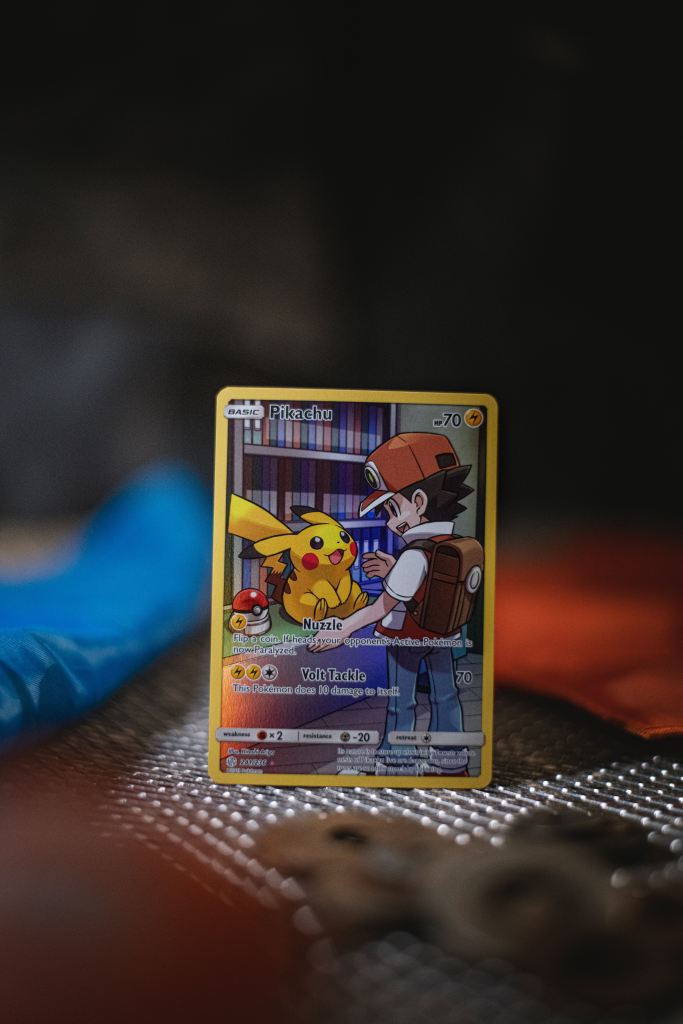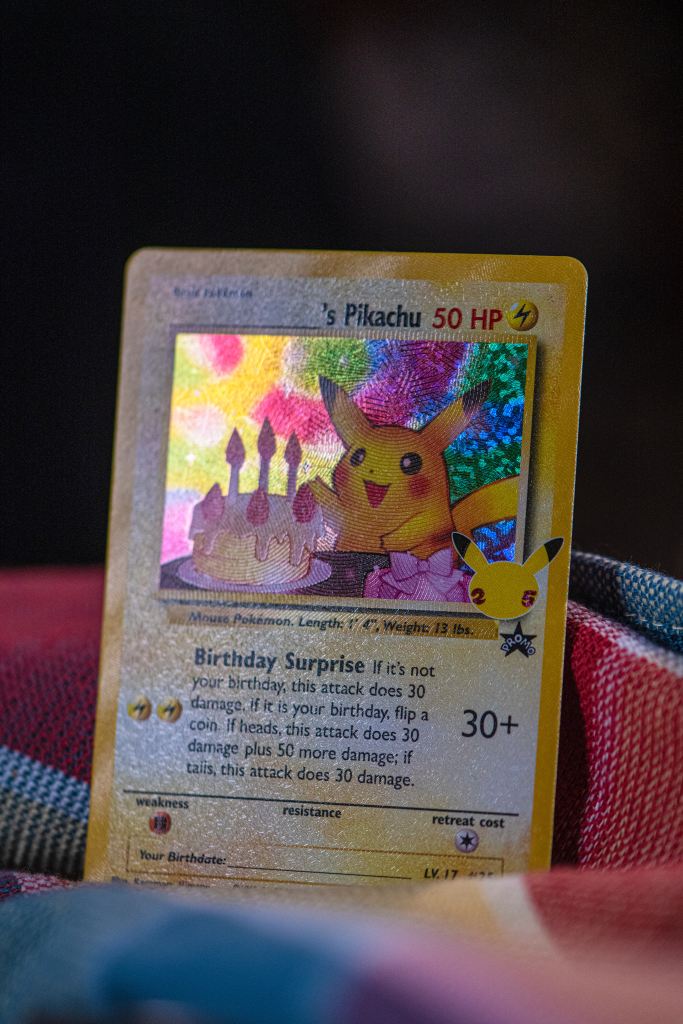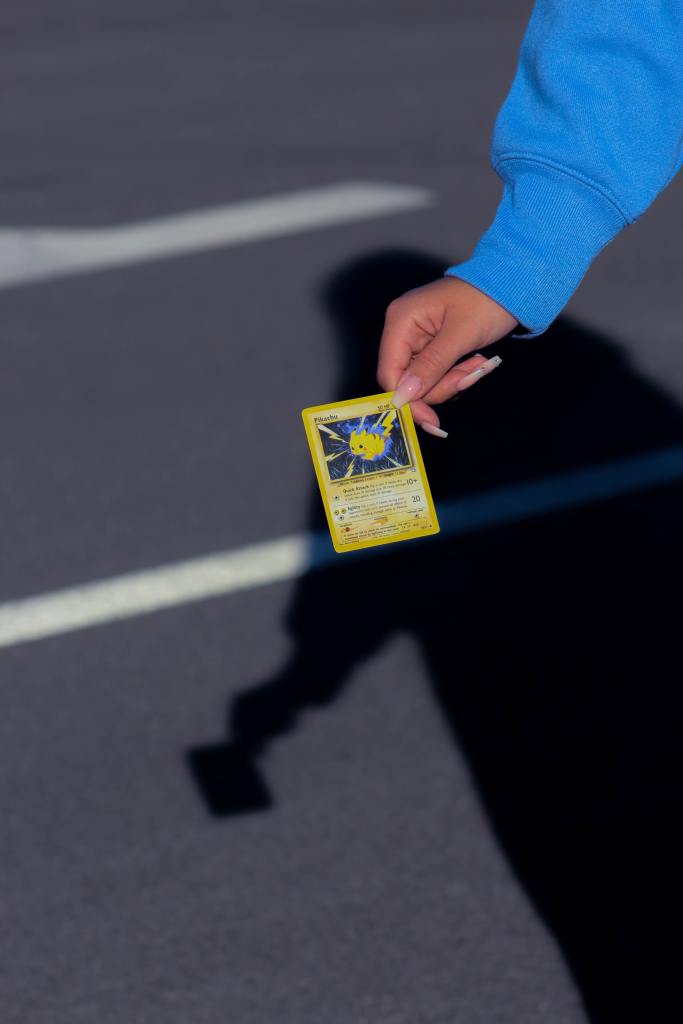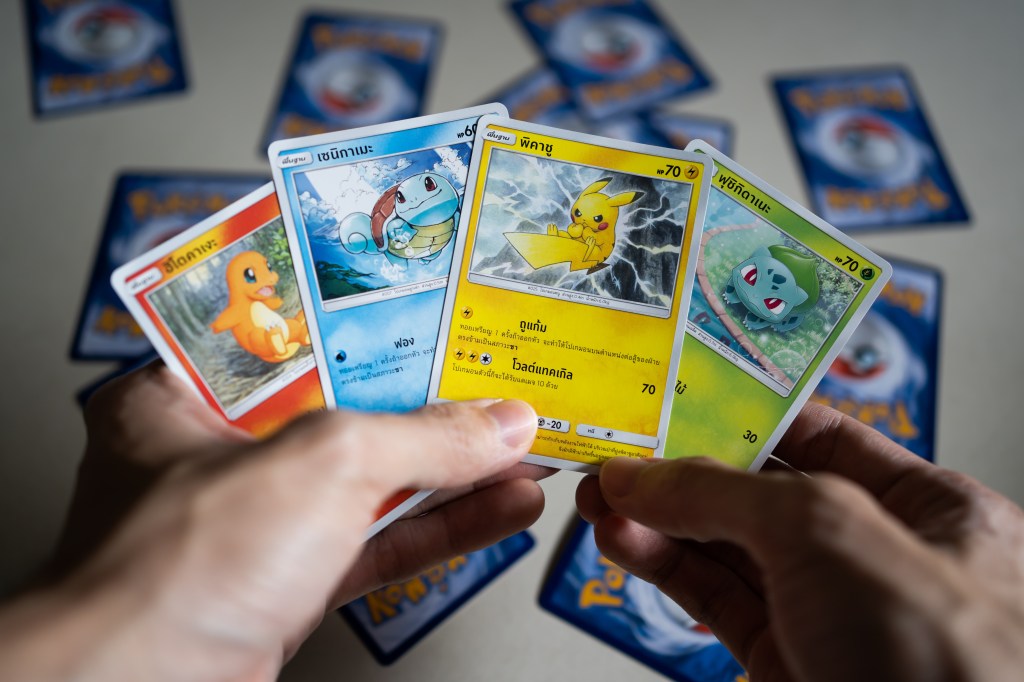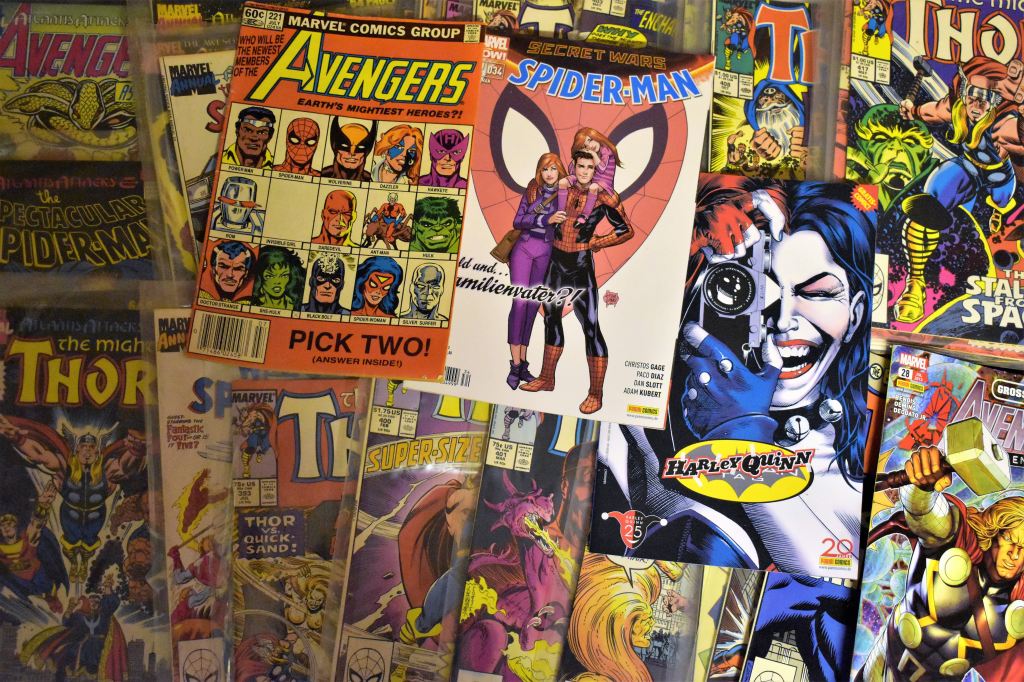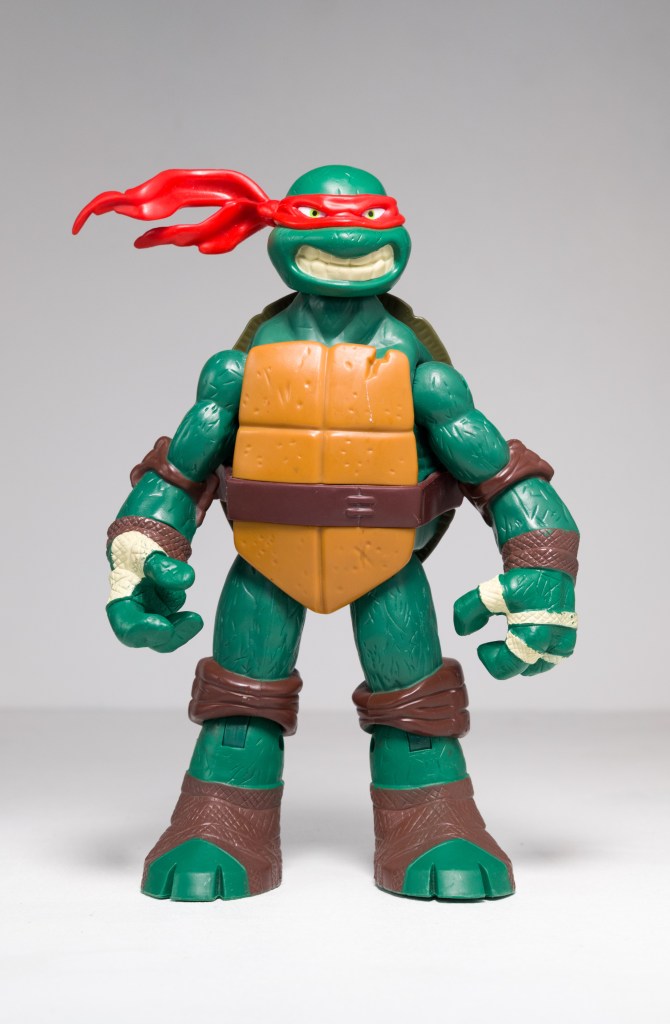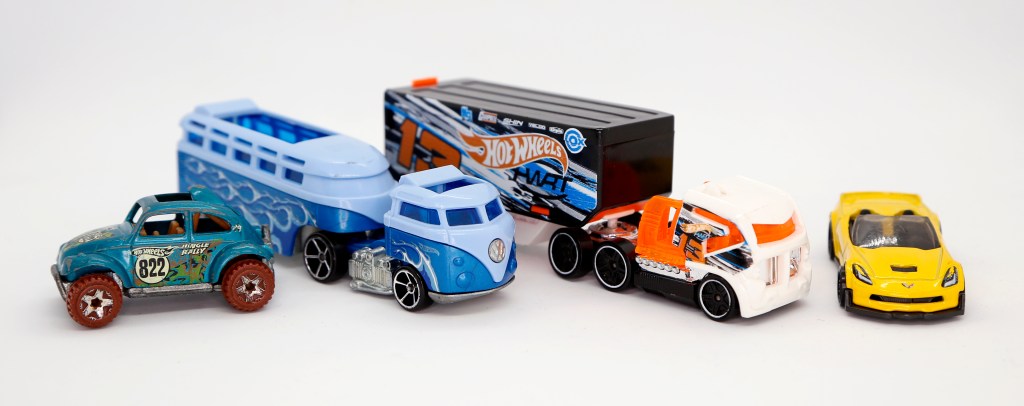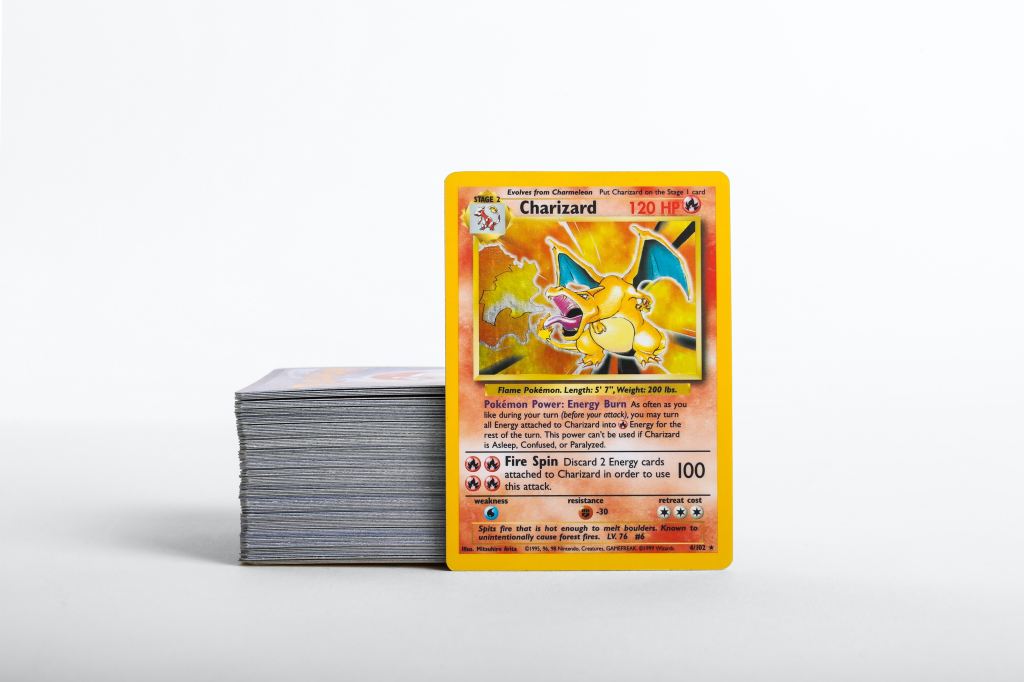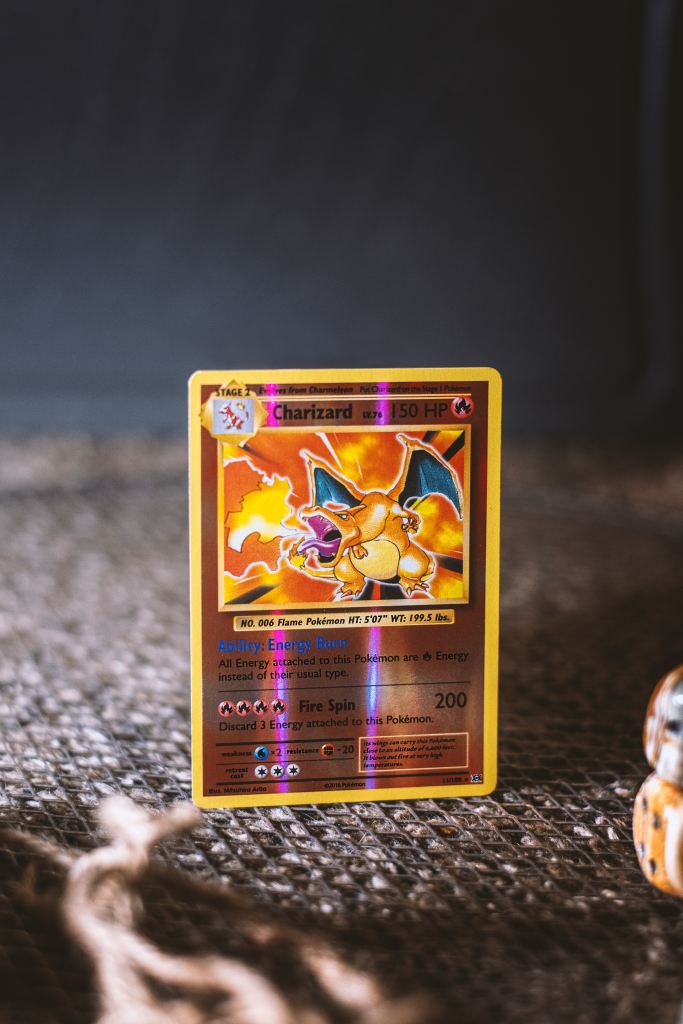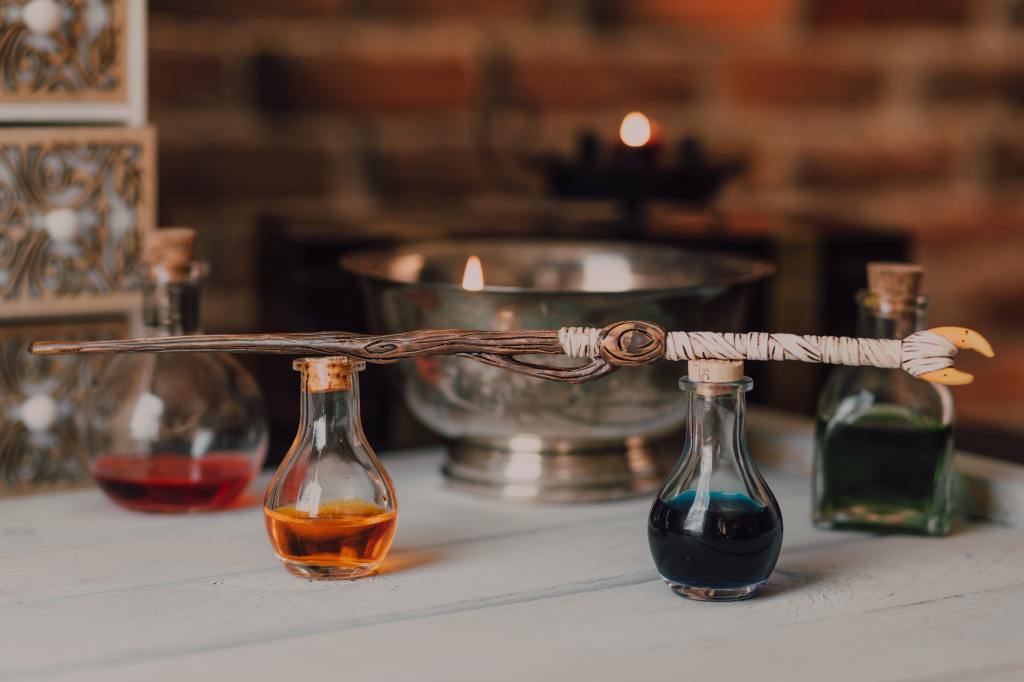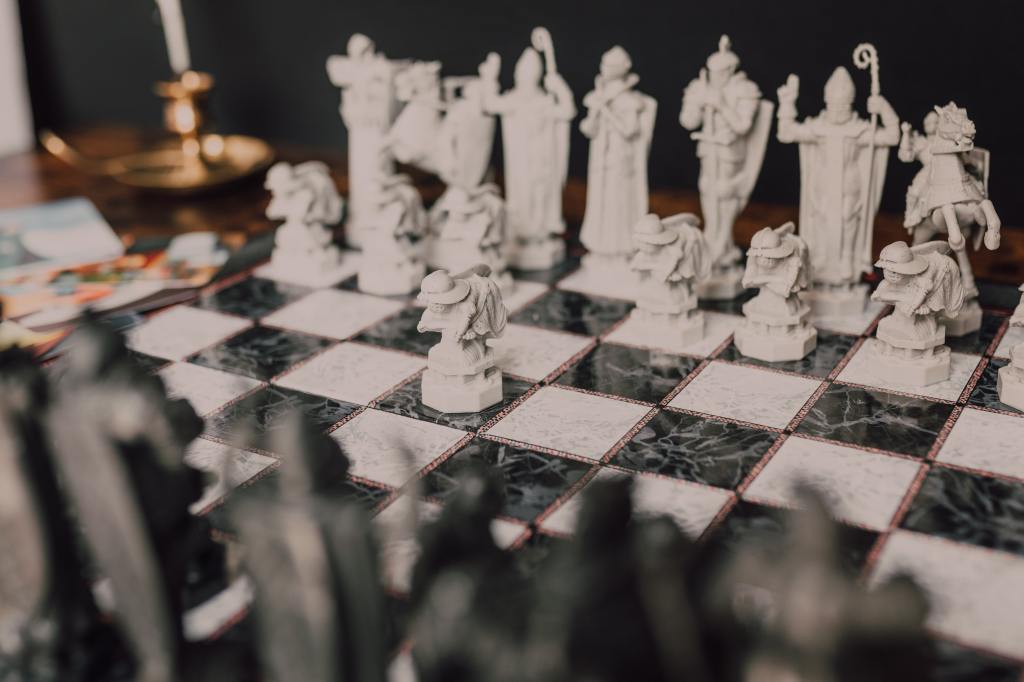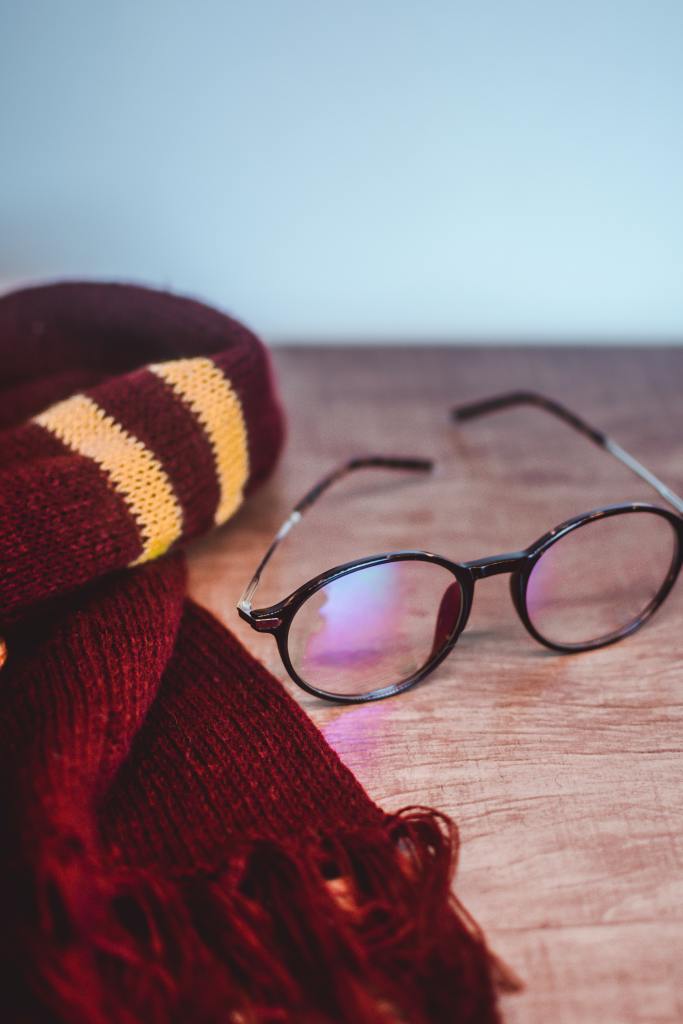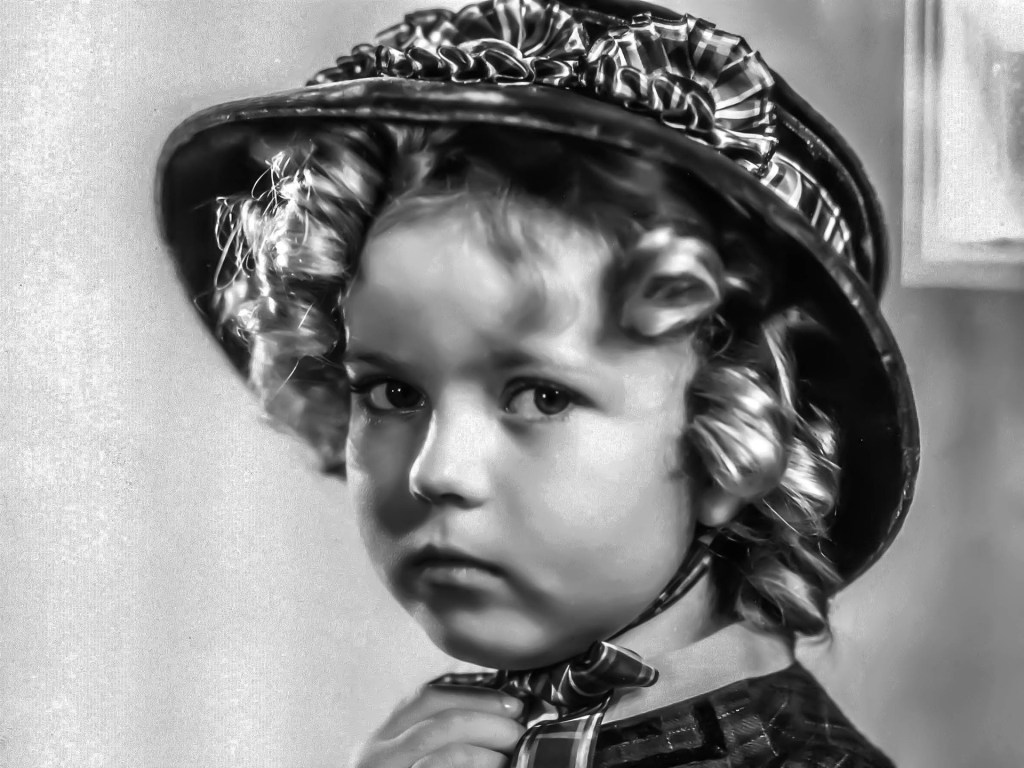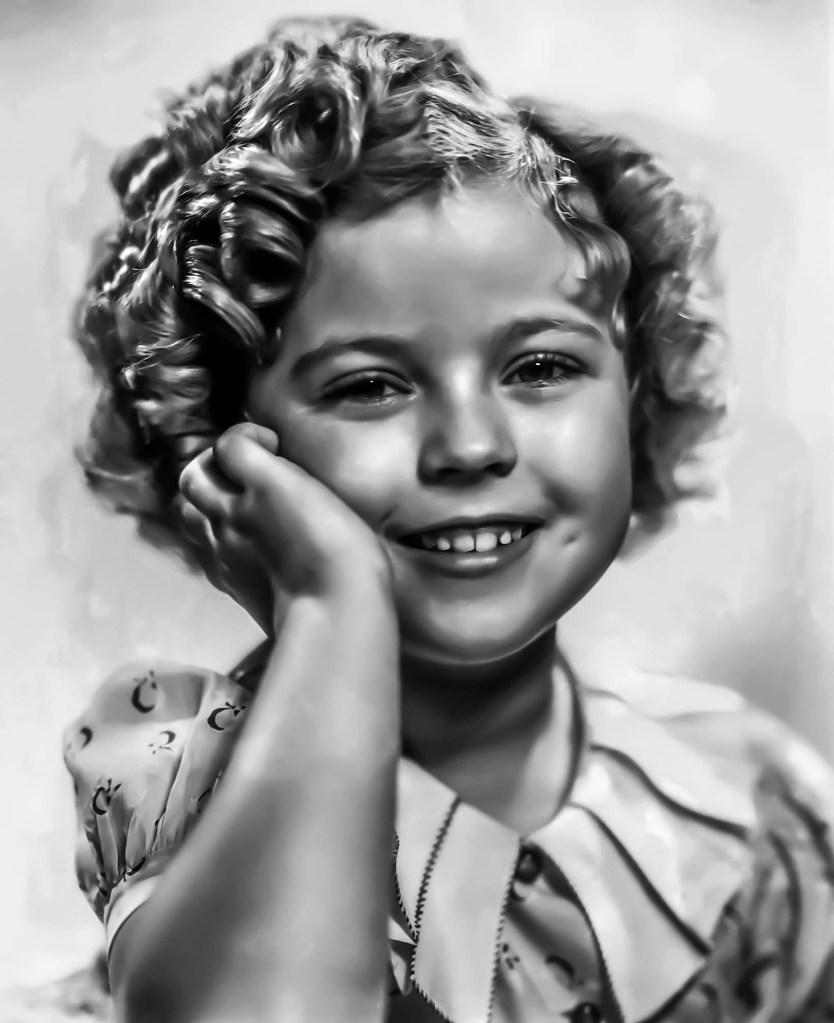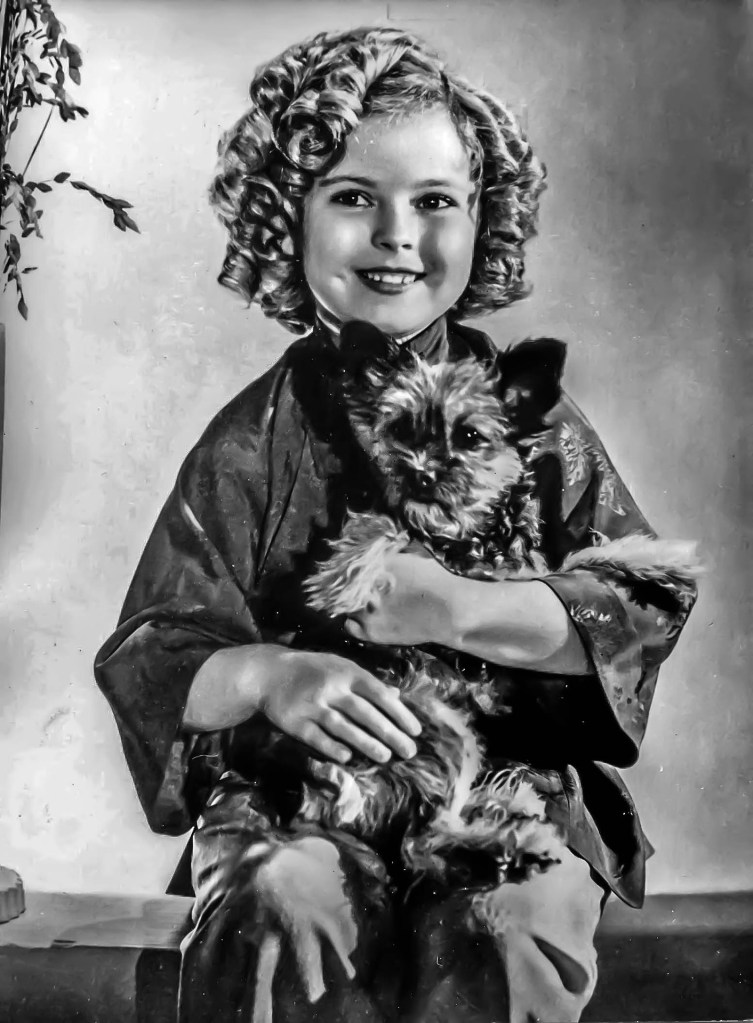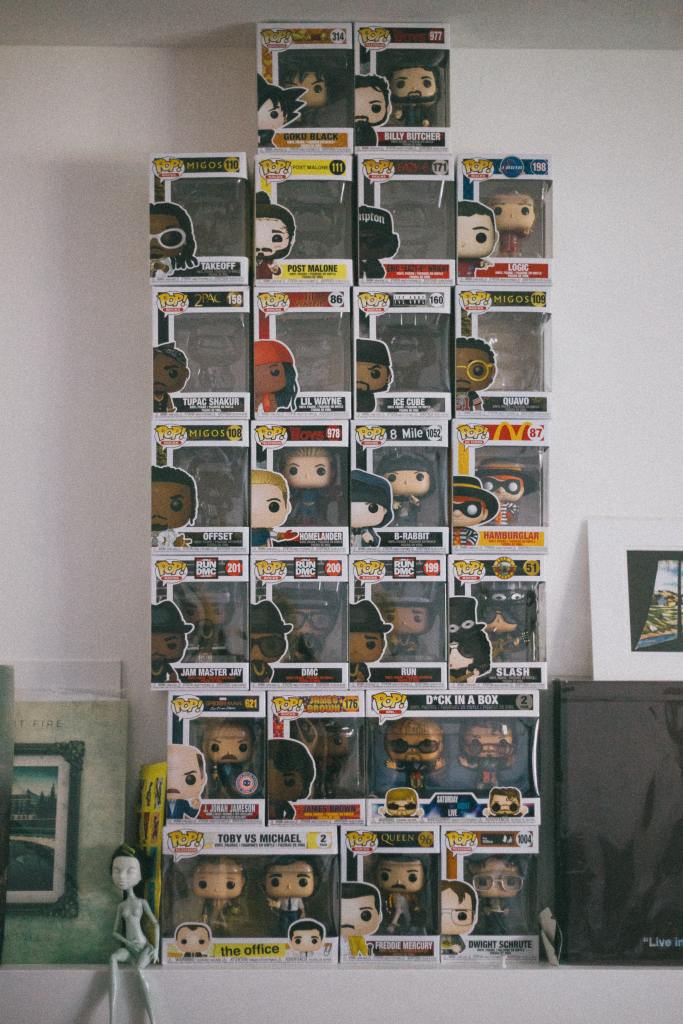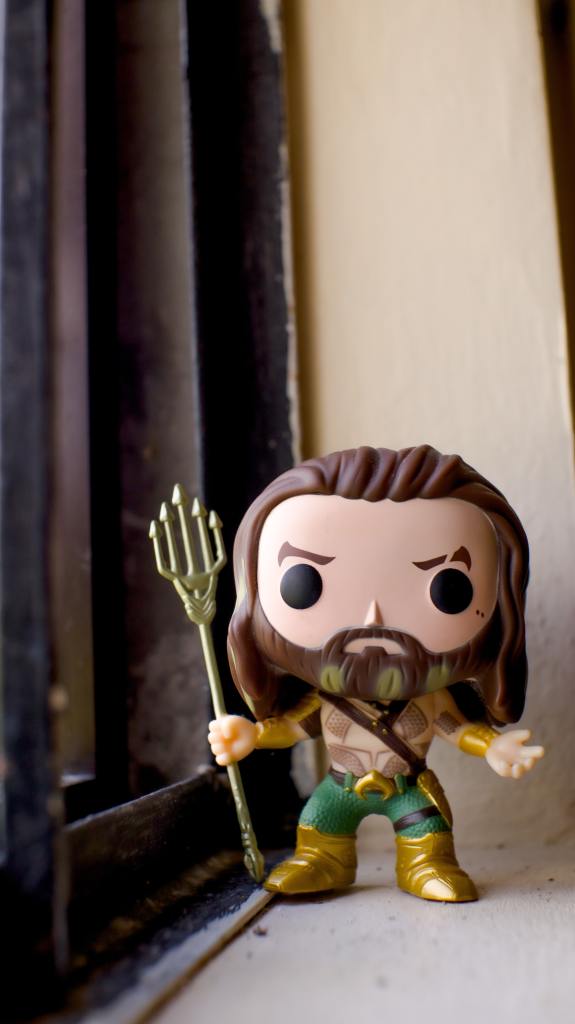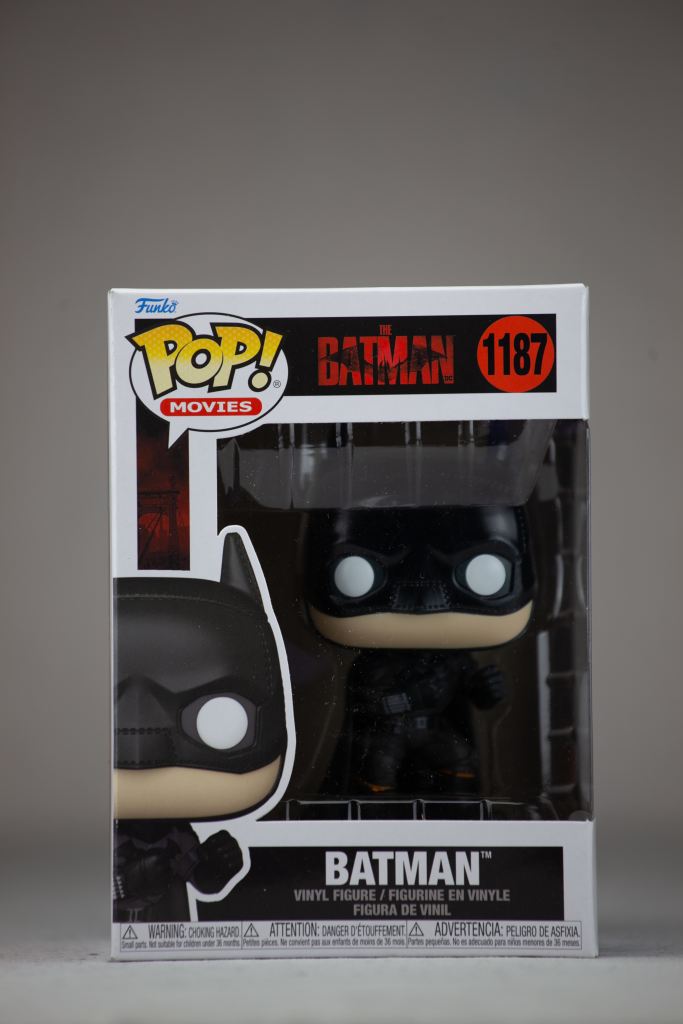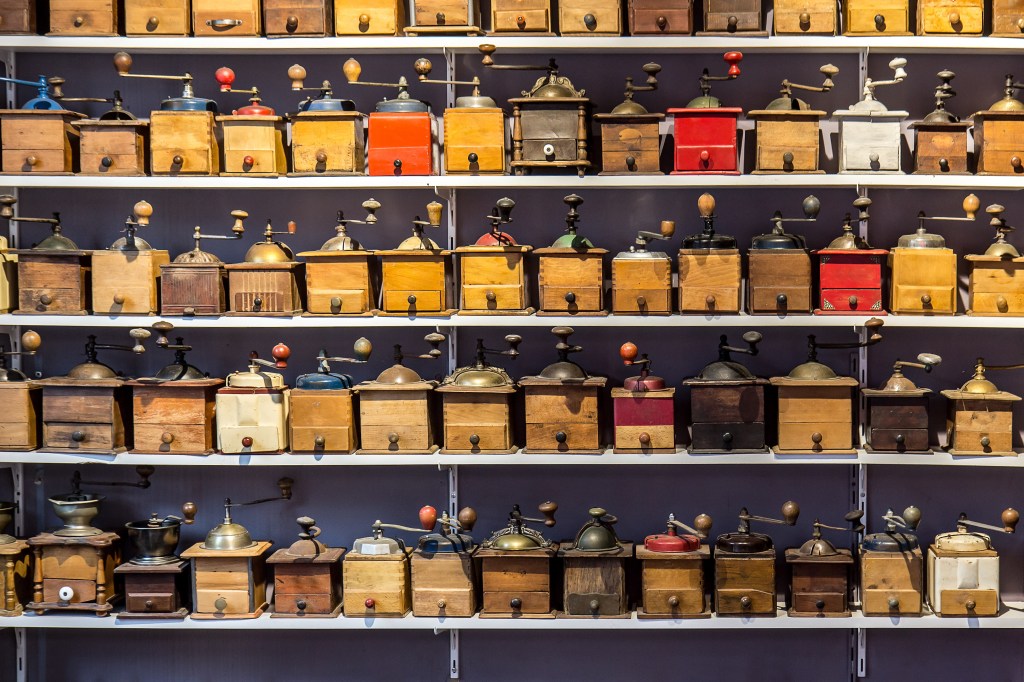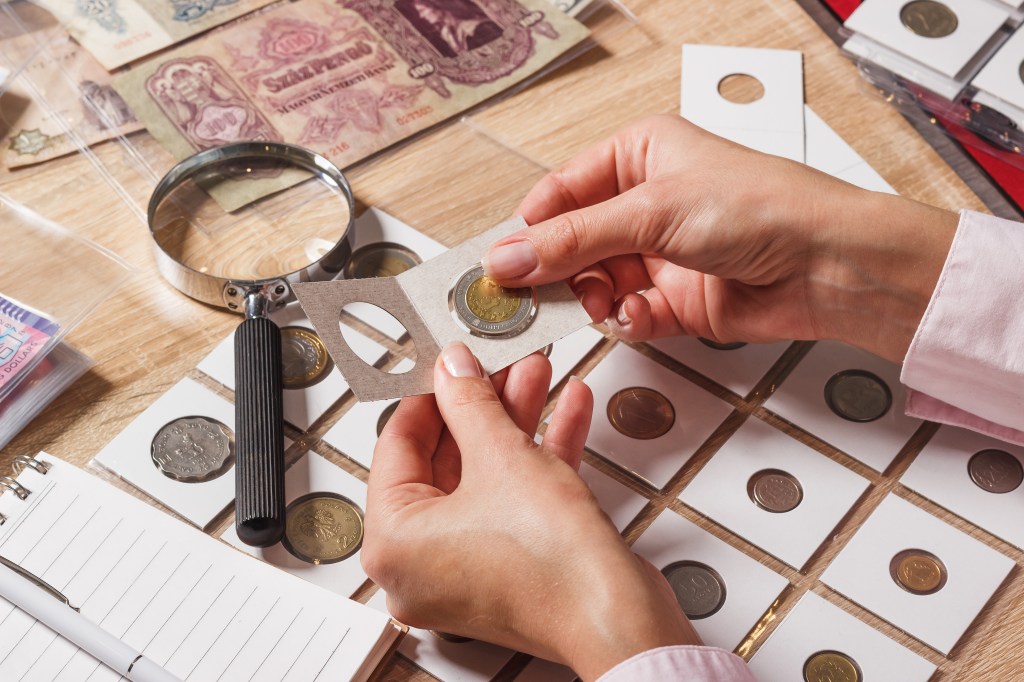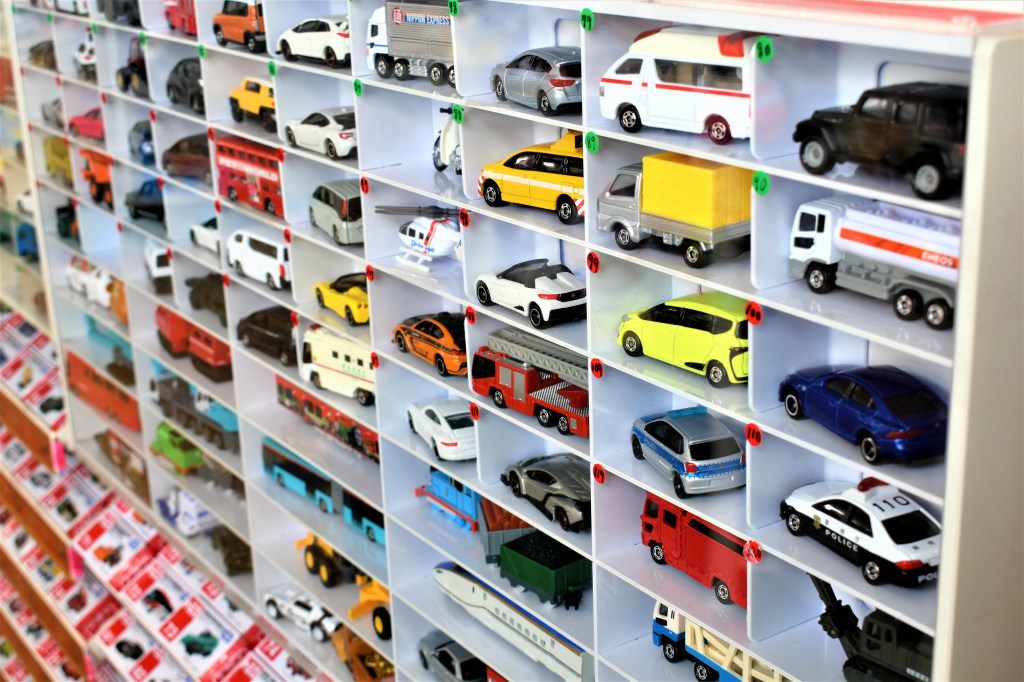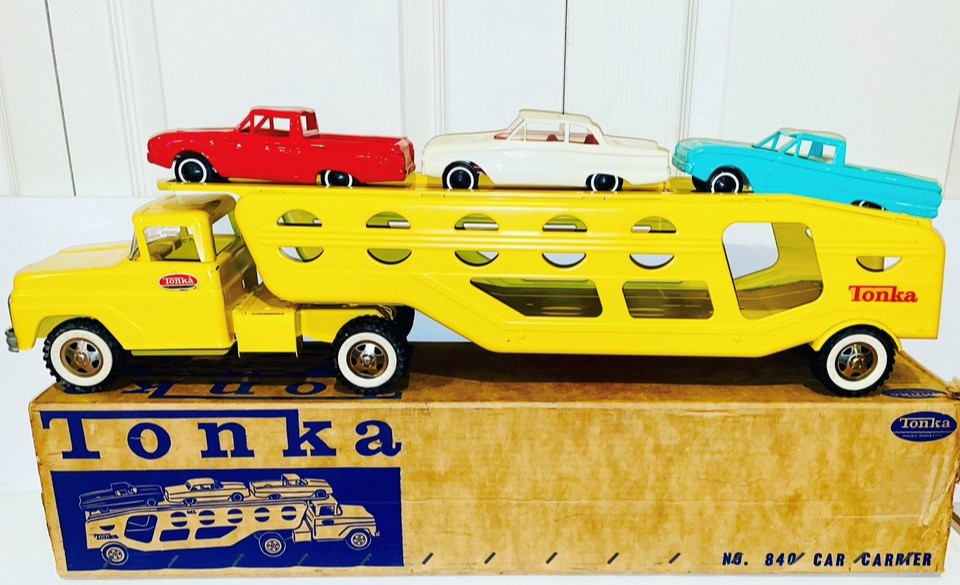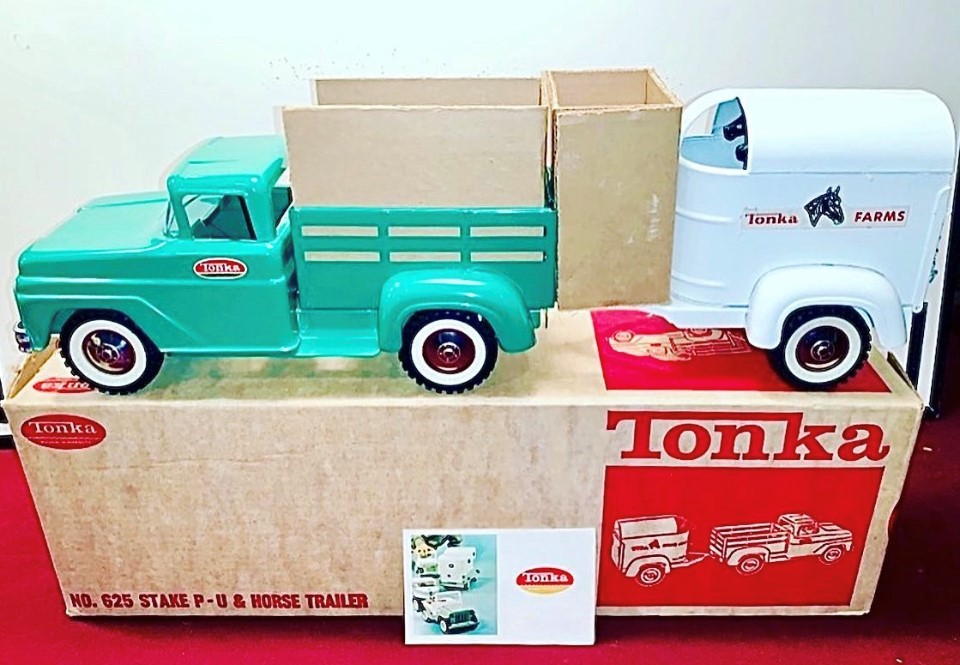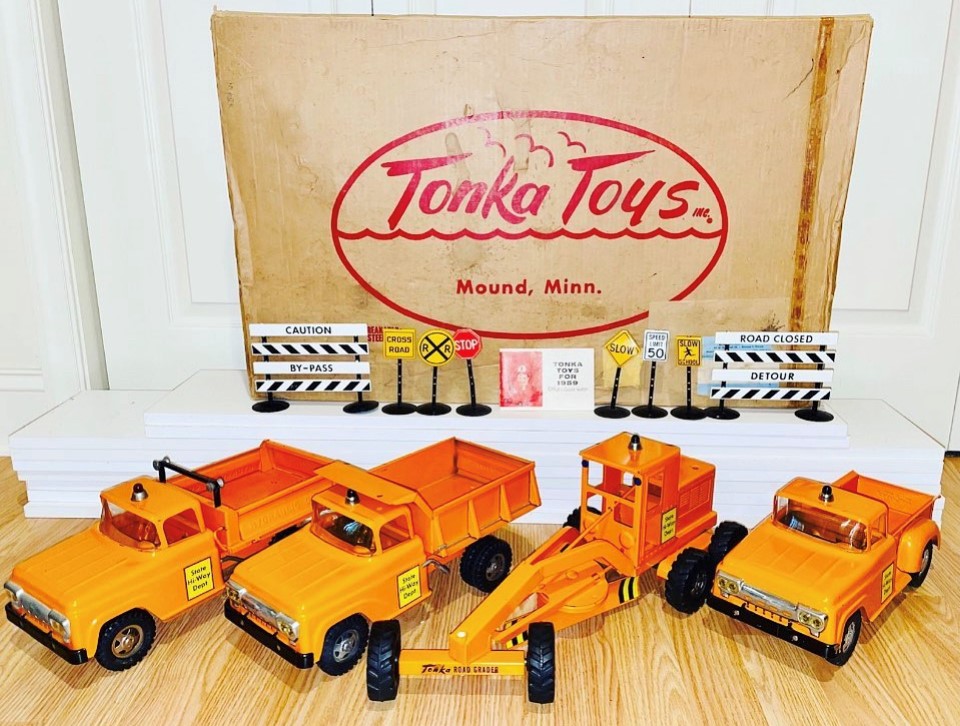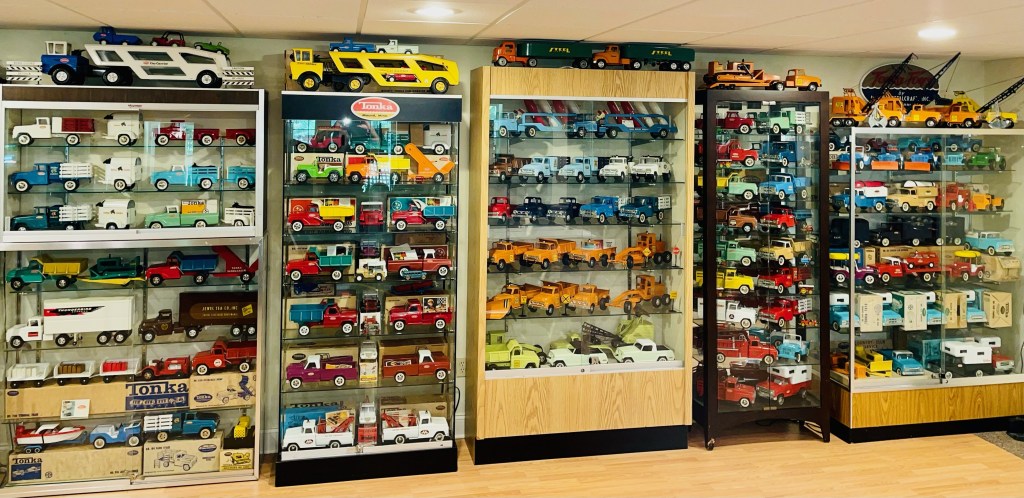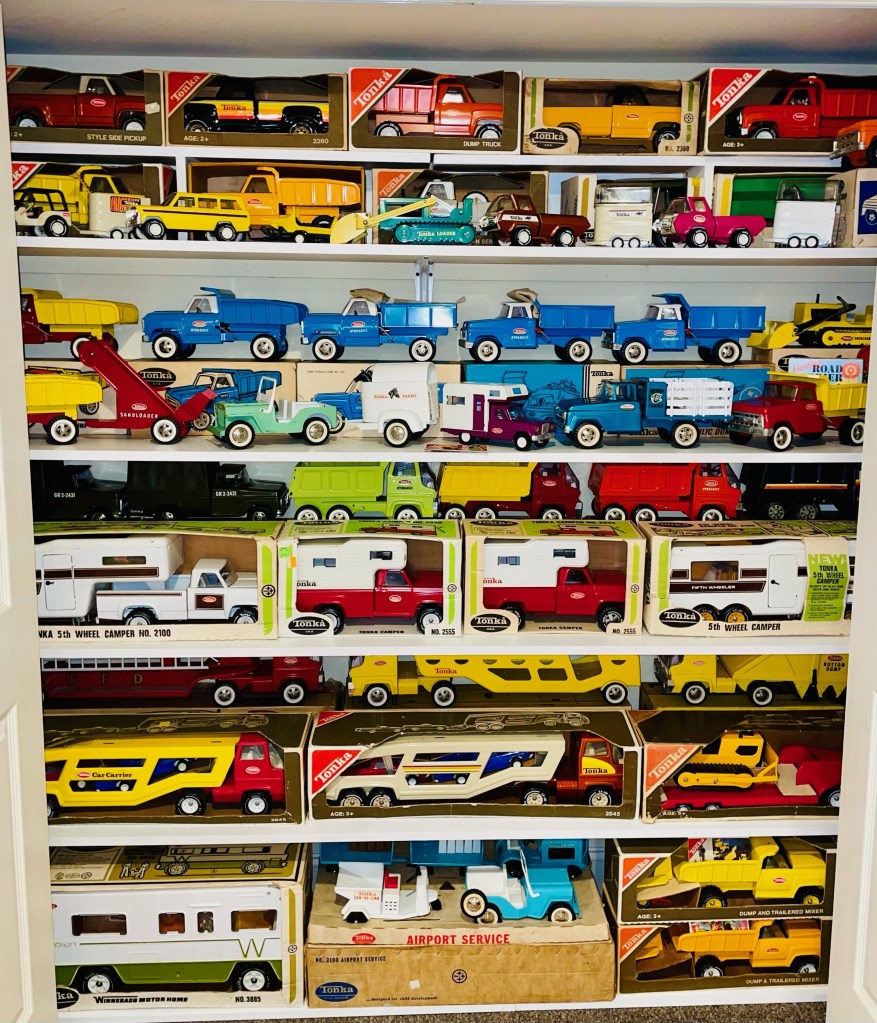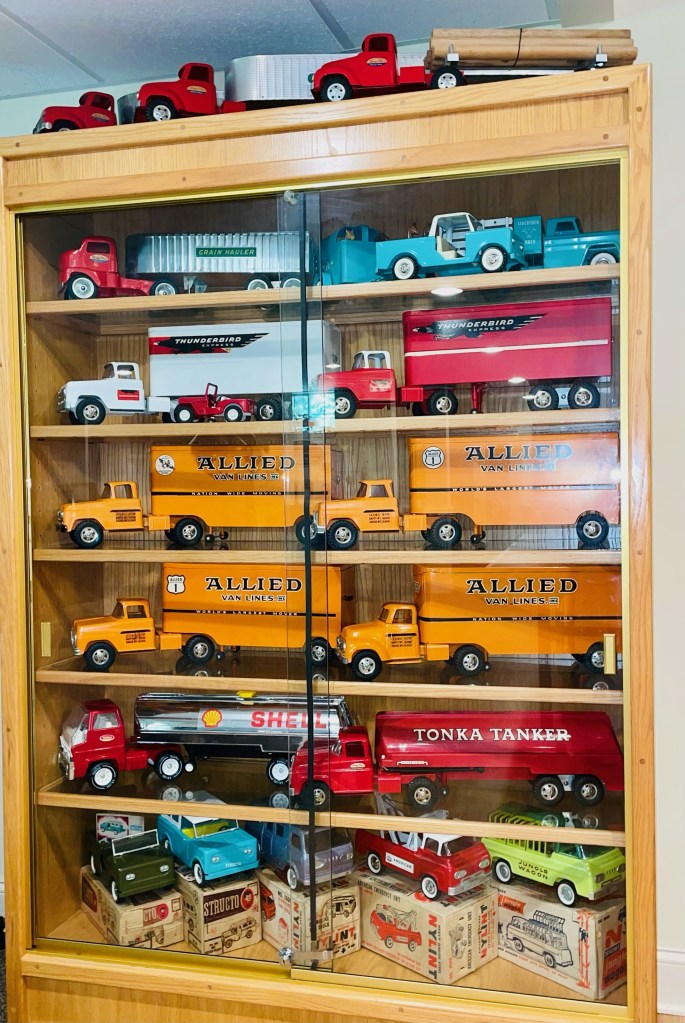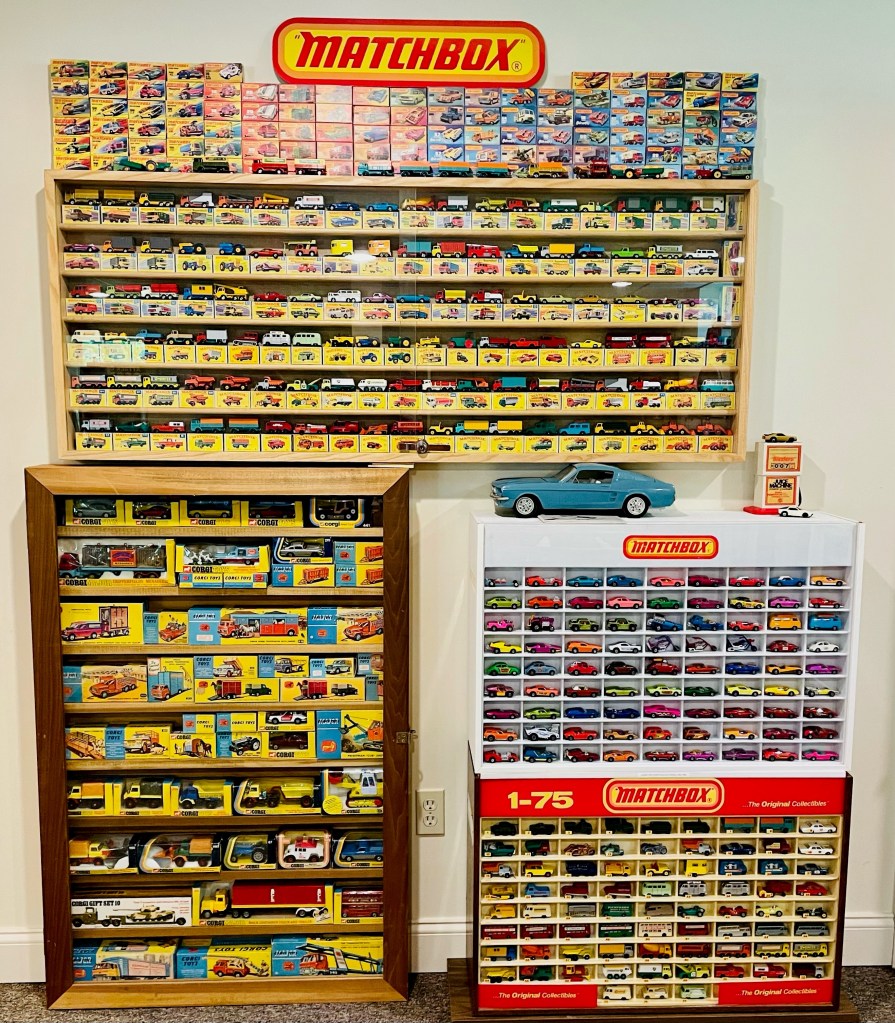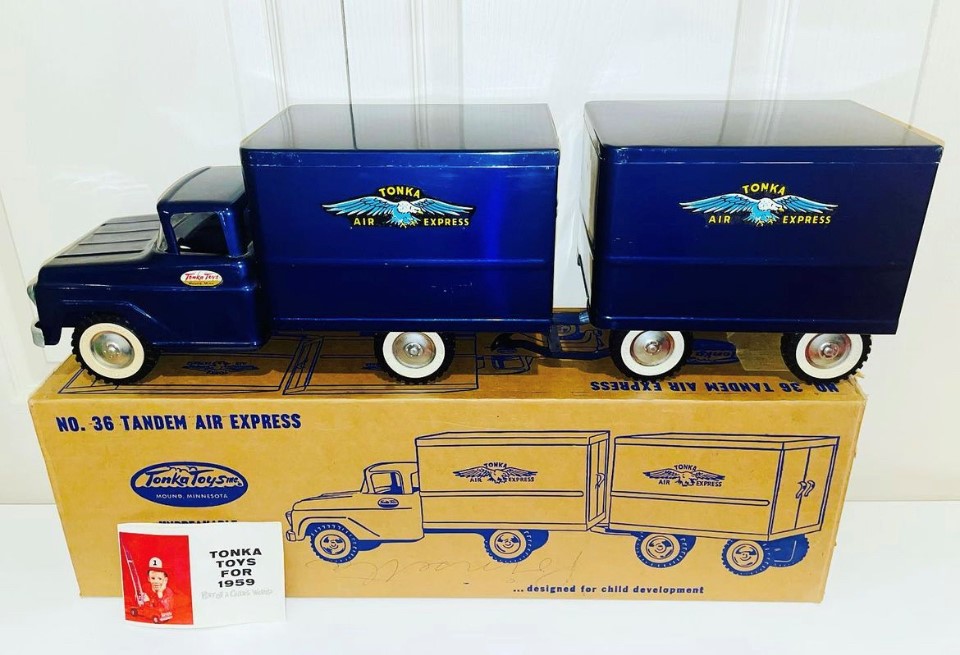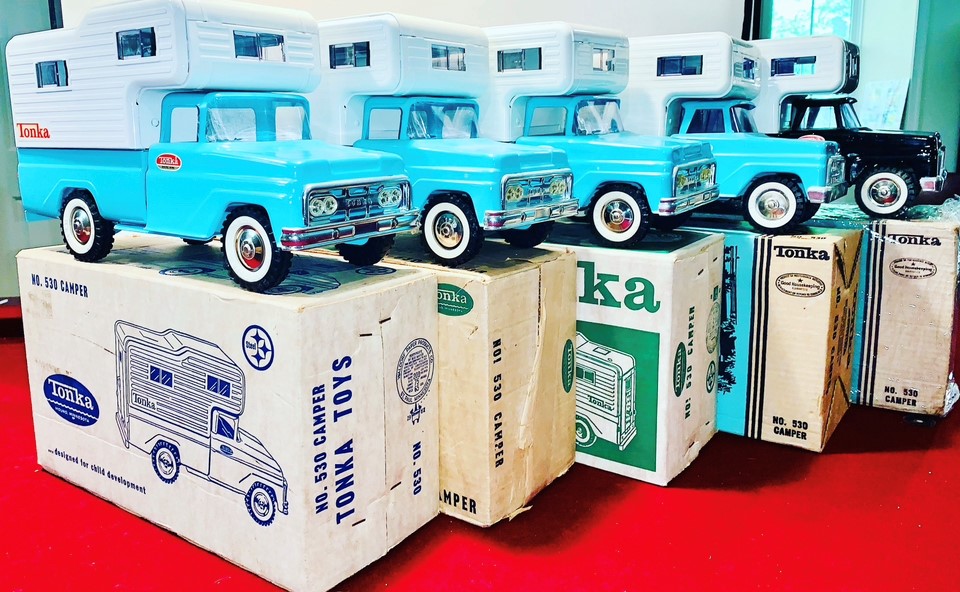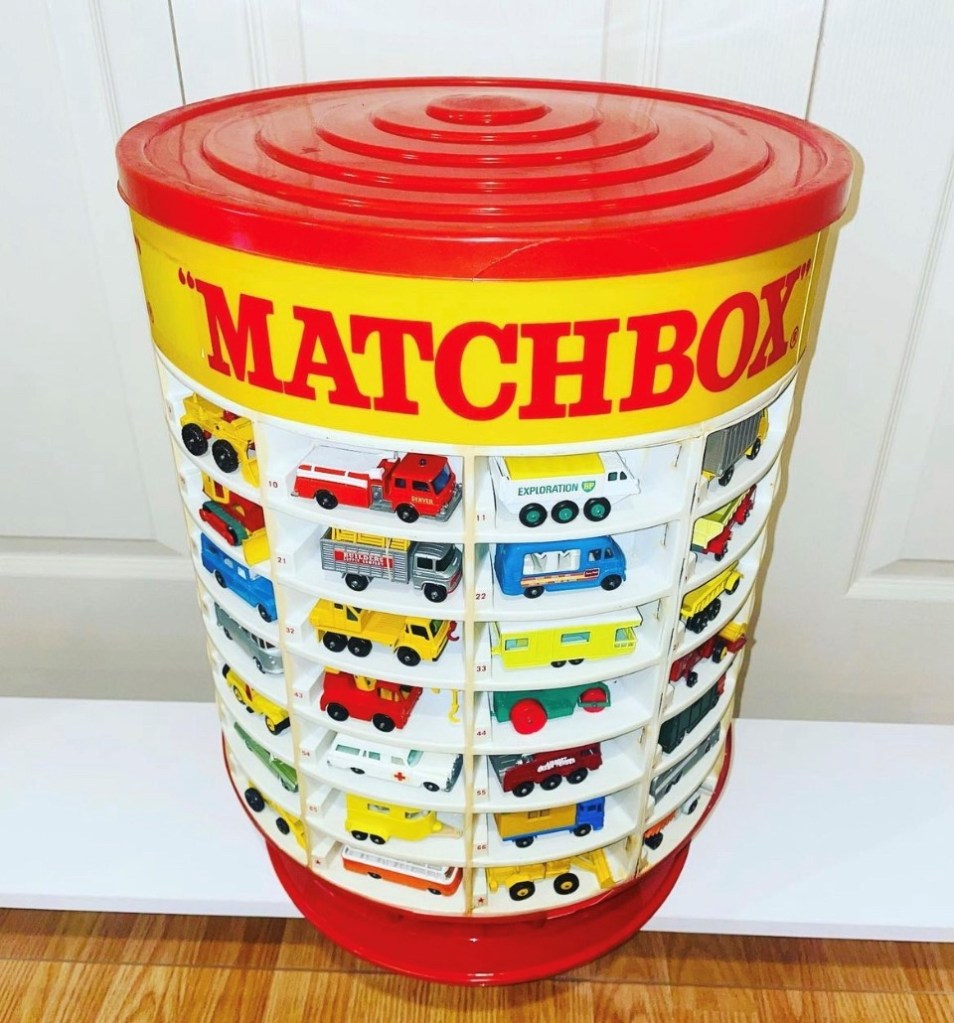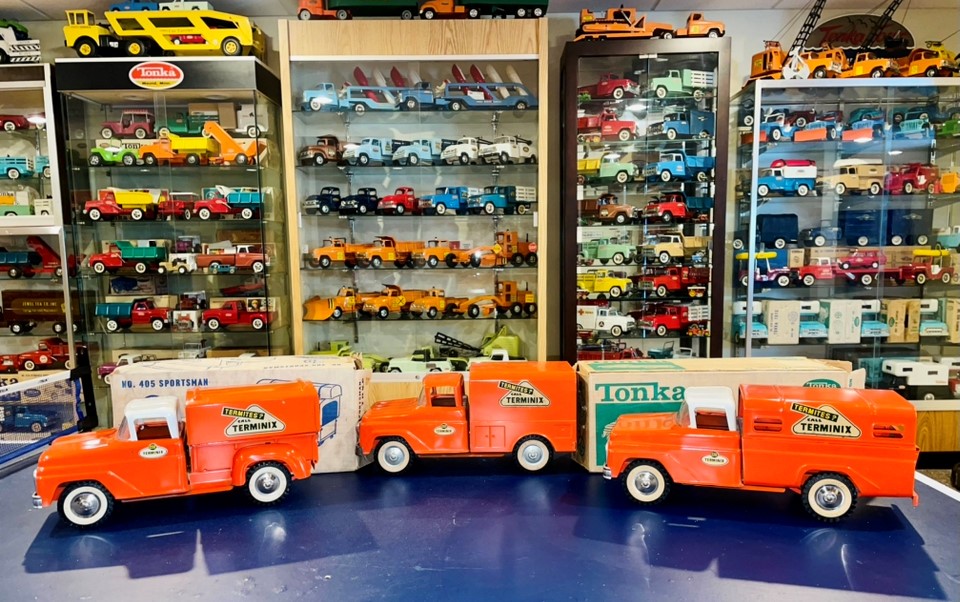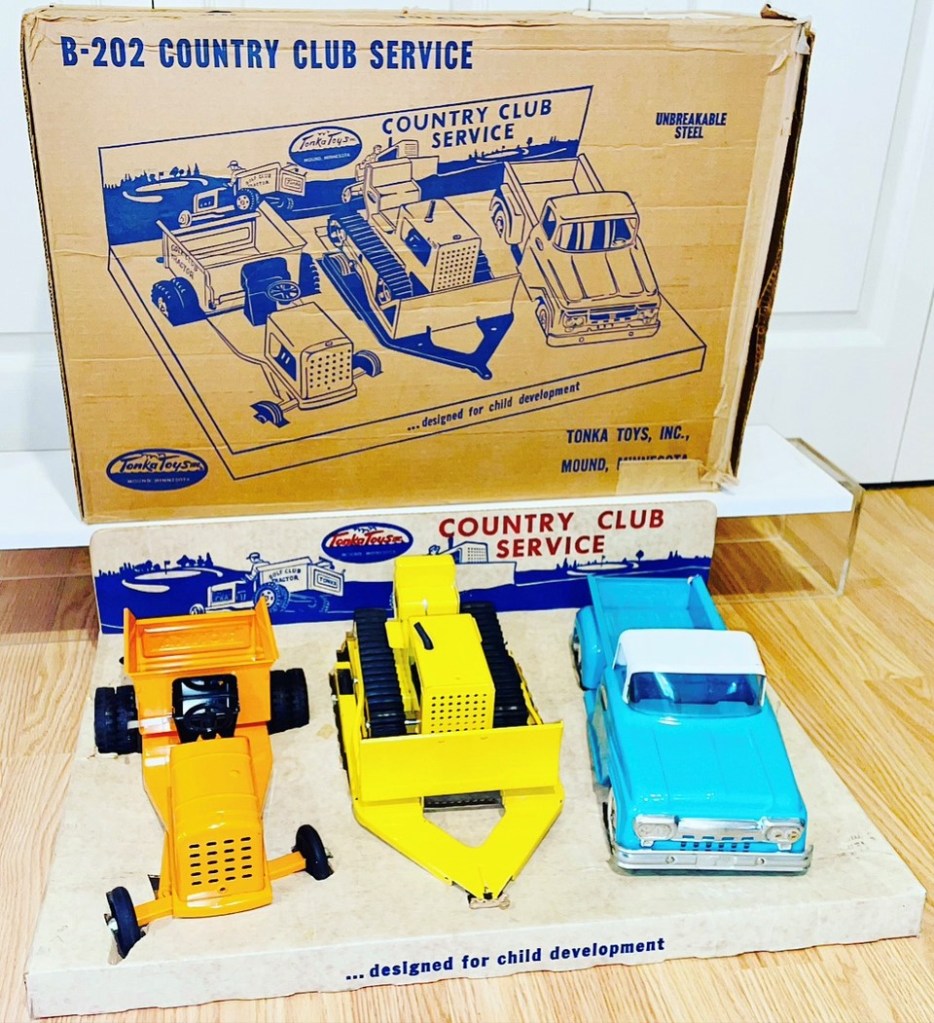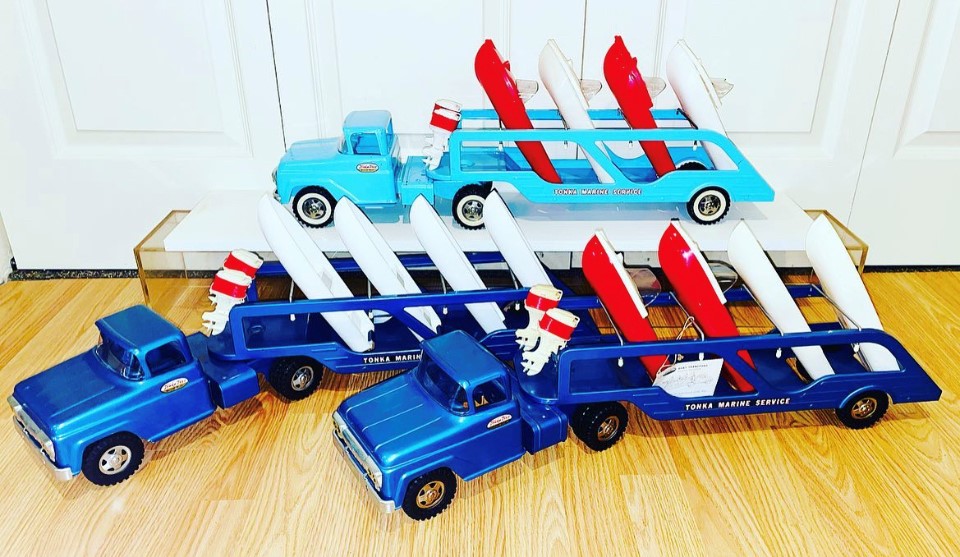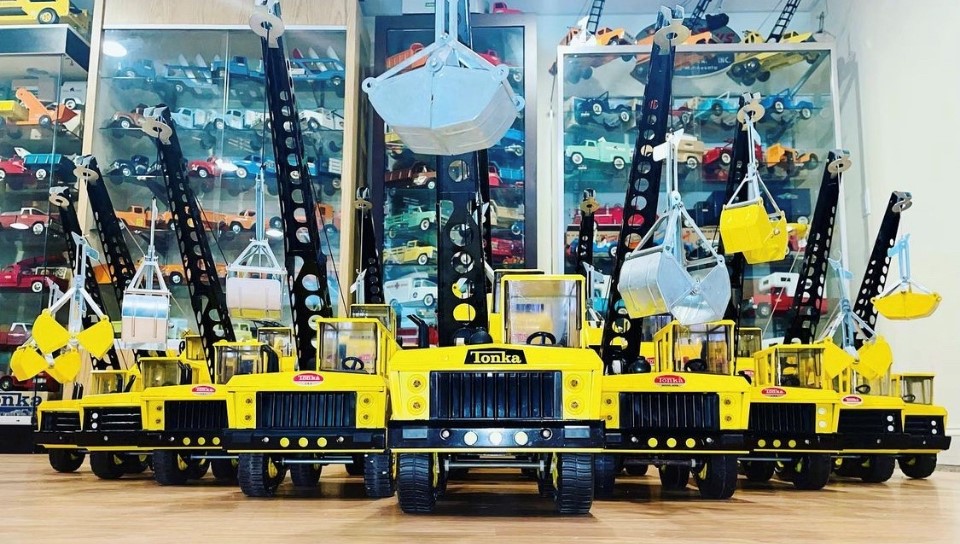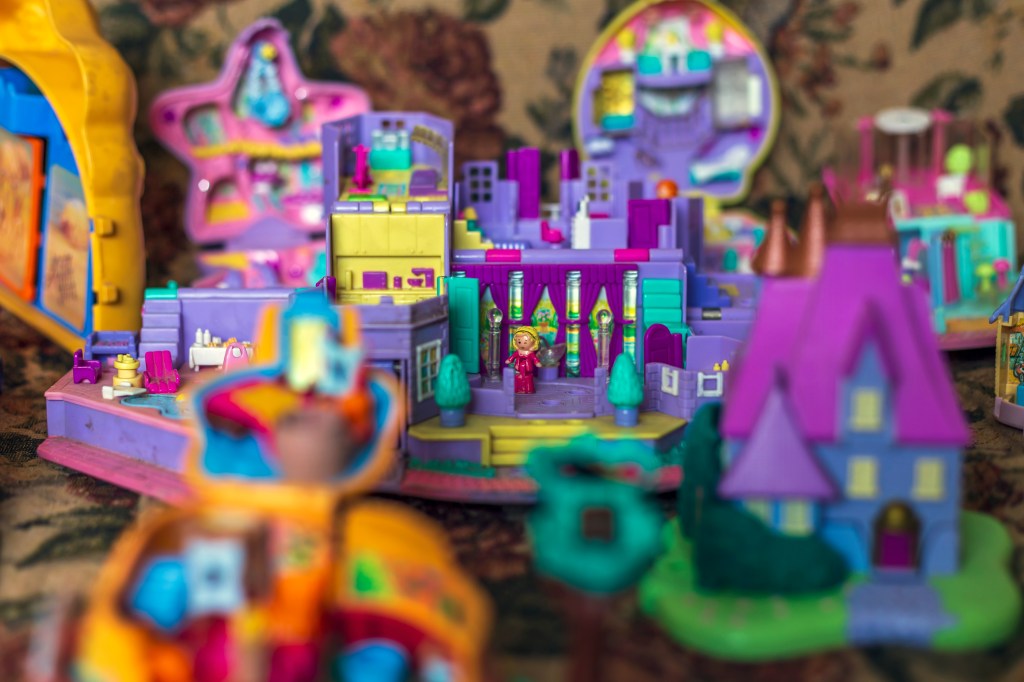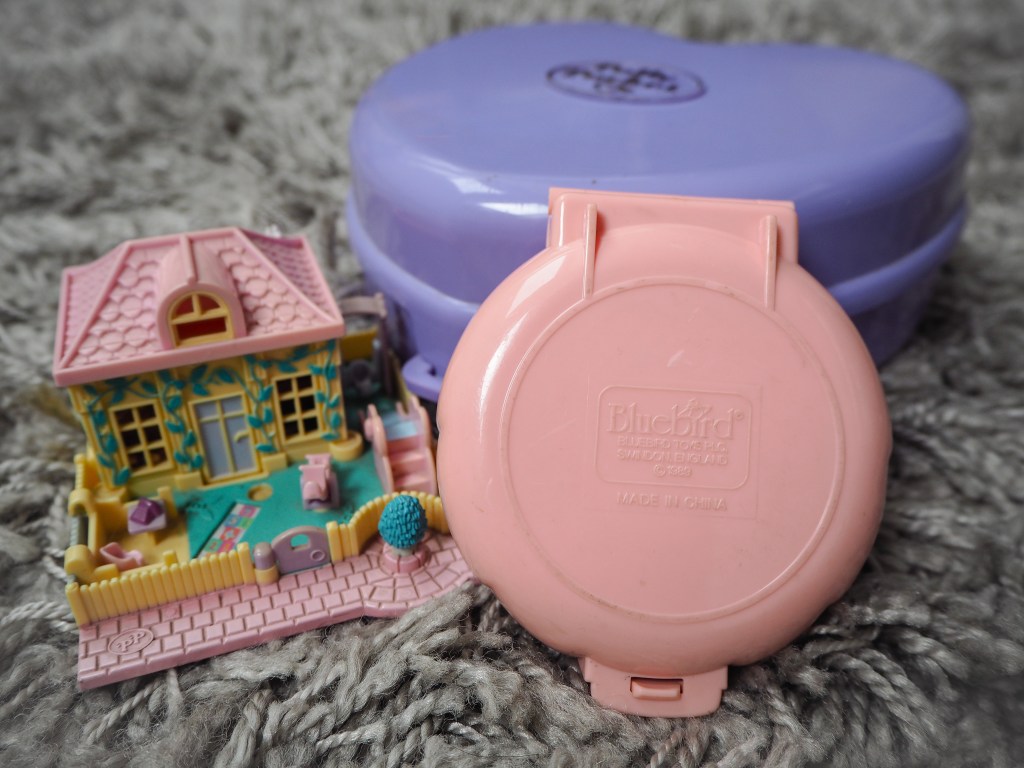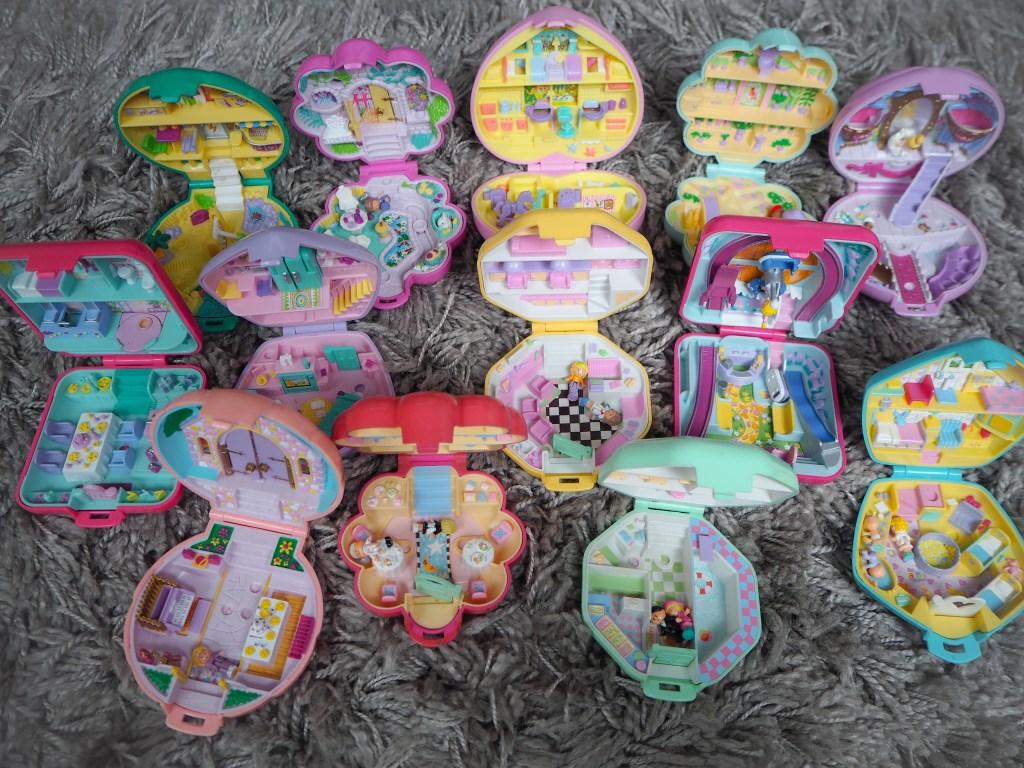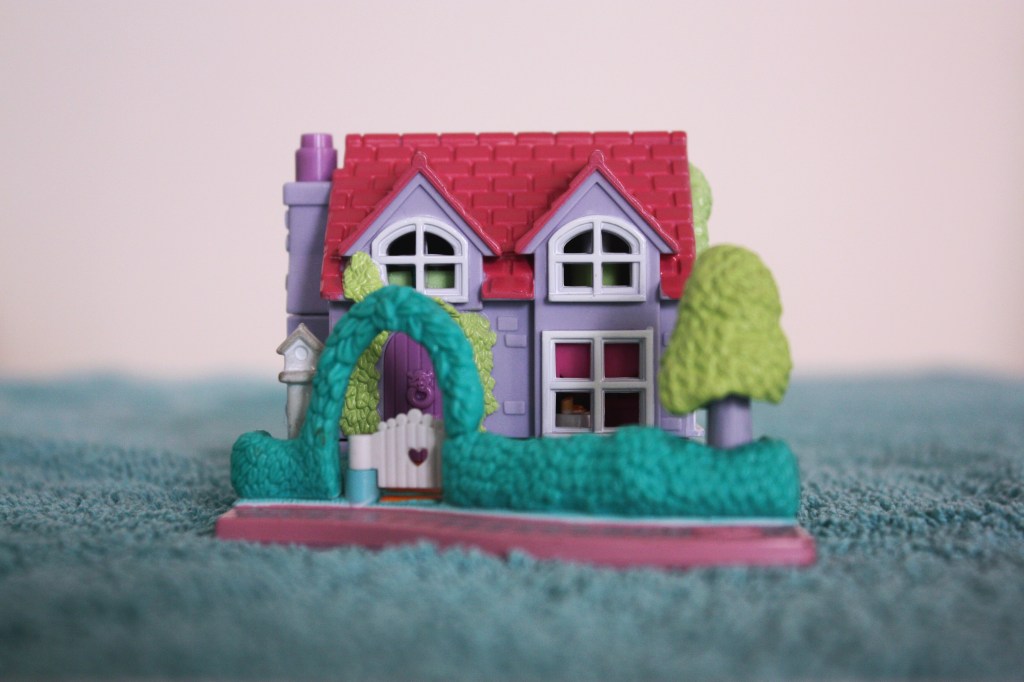With its flashing lights and clever sound effects, pinball is a visually interesting game that has been popular for years. From its early origins in the 1700s to the modern digital pinball machines, pinball has experienced quite the evolution over the years – and it was even banned for a period of time!
Today, you can find a pinball machine in most arcades, and some people even have them in their homes. There are even folks who collect pinball machines!
Read on as we uncover the long history of the game of pinball, from early games of bagatelle to the golden age of the 1970s and 1980s.
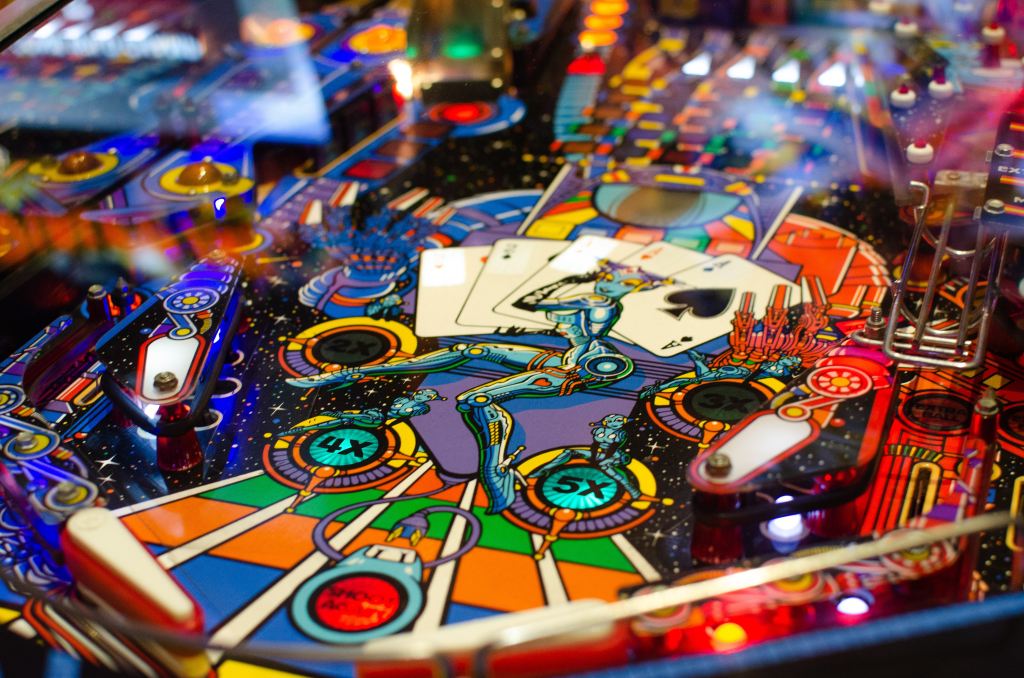
Pinball’s Origins: Bagatelle and Its Influence
Pinball history dates back to the late 1700s! Another table game known as “bagatelle” is considered an early ancestor of pinball. This game involved using a cue stick to knock balls past wooden pins and into holes. Players would lose points if they knocked down a pin.
Bagatelle was very popular in the 1700s and early 1800s. It spread from France into the United Kingdom, and then it was passed on to the United States. As time passed, the game experienced an evolution. The table got smaller and the pins were attached to the table. Occasionally, the gameboard was tilted, adding an additional challenge.
The Ball Shooter: Pioneering Pinball Machines
Bagatelle gave way to a new game called the “ball shooter.” Montague Redgrave is credited with the invention of this game. He started by moving to the United States and manufacturing bagatelle tables in Cincinnati, Ohio. In 1871, the ball shooter was invented. Redgrave patented his invention, which led us even closer to the invention of the modern pinball machine.
The ball shooter used a spring launcher to launch balls using a controlled amount of force, trying to launch them into score pockets.
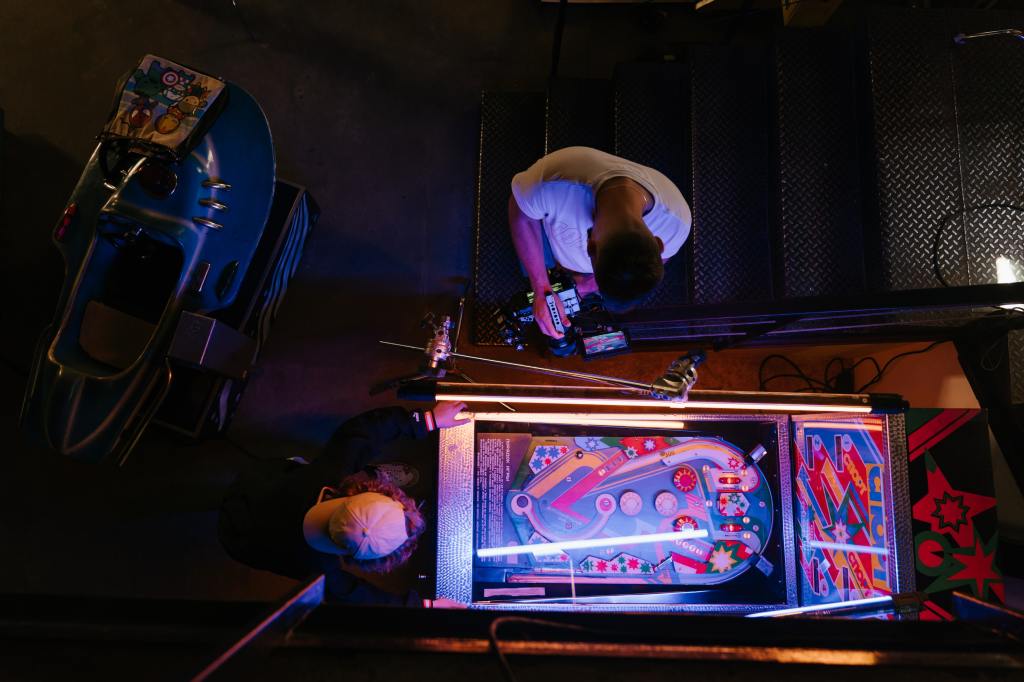
The First Pinball Machines
Raymond Maloney is credited with the invention of the modern pinball machine in 1932. A distributor of table games, Maloney wasn’t able to get stock of a popular game called “Baffle Ball”, so he instead invented a game called “Ballyhoo.” This was a coin-operated pinball game. Although it didn’t have bumpers, flippers, or a hold at the bottom, this early pinball machine was a step forward, and it enjoyed great success, selling about 50,000 units.
With the success of “Ballyhoo”, Maloney changed his company name. It was previously called Lion Manufacturing, but he changed it to Bally Manufacturing Corporation. Bally became the earliest and largest manufacturer of the first pinball machines.
Electro-mechanical Pinball Machines Invented
Modern pinball machines became more popular in the 1930s, many manufacturers of pinball machines began to appear on the scene. As competition got fierce, manufacturers would make changes to the game to stand out from the rest. By 1933, electro-mechanical pinball machines had arrived. It was invented by Harry Williams. Other manufacturers followed his lead and incorporated electro-mechanical features such as lights, sounds, and music.
Pinball Becomes Illegal
Because early pinball was a game of chance, it became viewed as a gambler’s game, even drawing an association with the mob scene in Chicago. In 1942, New York City’s mayor banned pinball games in businesses and public areas.
Many cities followed suit, either banning the game or prohibiting children from playing it. In 1974, the California Supreme Court ruled that pinball was a game of skill, not a game of chance. This overturned the prohibition in California, and other states soon followed and made pinball games legal again.
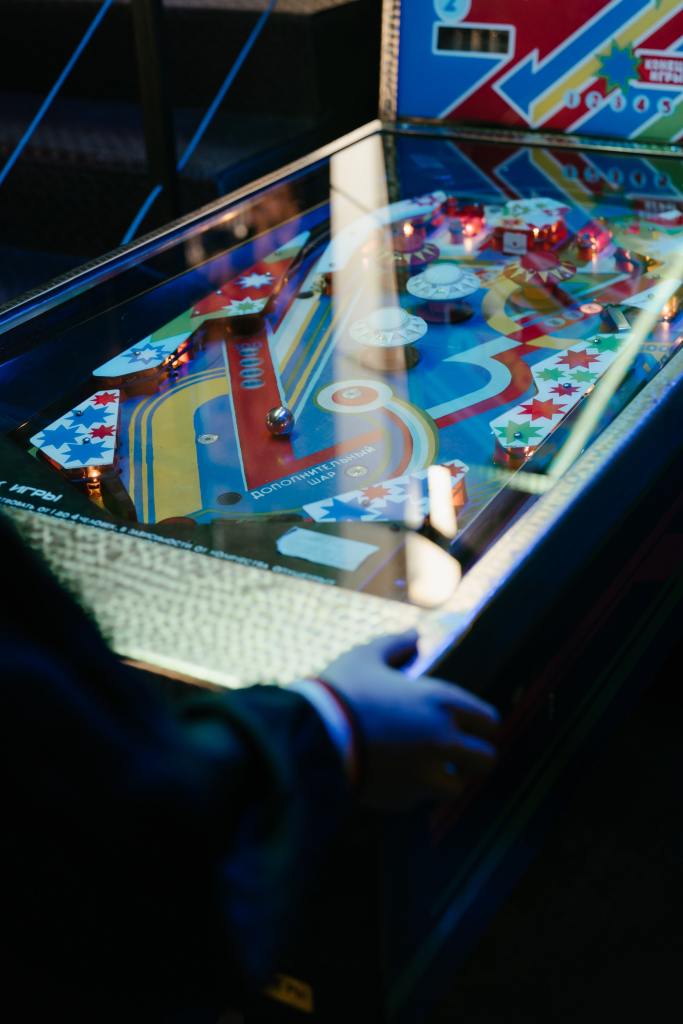
The Golden Age of the Arcade
With pinball made legal again, the world of arcade games began to evolve. In the early 1970s, games such as Pong, Space Race, and Tank led to a new age of video games in arcades. Arcades began to appear across the globe, and this trend continued throughout the 70s.
The 1980s led to even more growth when it came to arcades. Now computer games began to emerge, and pinball manufacturers made many technical changes to add excitement to the game of pinball. Pinball remained popular through the 80s and 90s, even as the interest in video games played at arcades began to wane.
The Fall of Pinball and its Revival
In the late 90s, interest in the pinball game began to die down. However, the mid-2000s brought a revival of interest in the game, and the pinball industry experienced a resurgence. Small, independent pinball manufacturers continued to design classic pinball machines. Today, there are many people who have an interest in collecting both vintage and new pinball machines, or folks who have a home arcade who want to be able to play pinball at home.
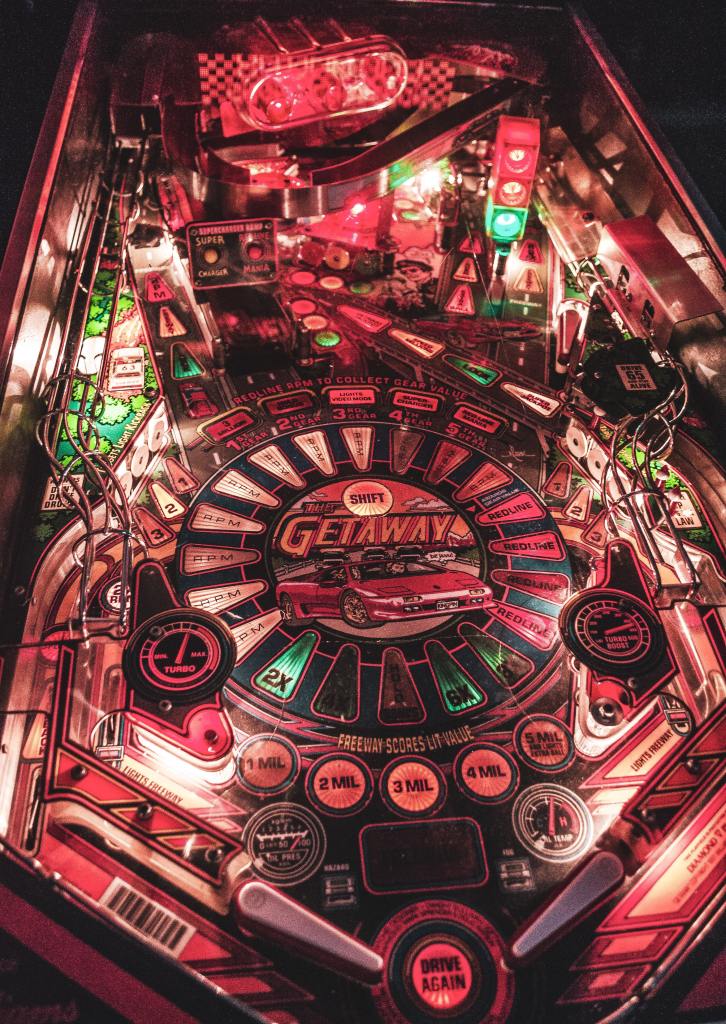
FAQs
Why was pinball banned?
Because pinball was seen as a game of chance, it became associated with gambling and even with the mob. This led to it being banned or restricted in many states. In the 1970s, California ruled that the game was actually a game of skill, and so many states followed suit and made the game legal again.
Who invented the original pinball machines?
Raymond Maloney is credited with inventing the very first pinball machine in 1932. This coin operated pinball machine was called “Ballyhoo,” and it was a smashing success. The history of pinball dates further back however, with its early ancestor, bagatelle, being introduced in the 1700s.
How have pinball machines changed over time?
As technology has grown, so has the process of making pinball machines. Modern pinball machines have added more electronic features over the years, including music and flashing lights.
Sources
https://mpamusement.com/blogs/blog/the-complete-history-of-pinball-machines
